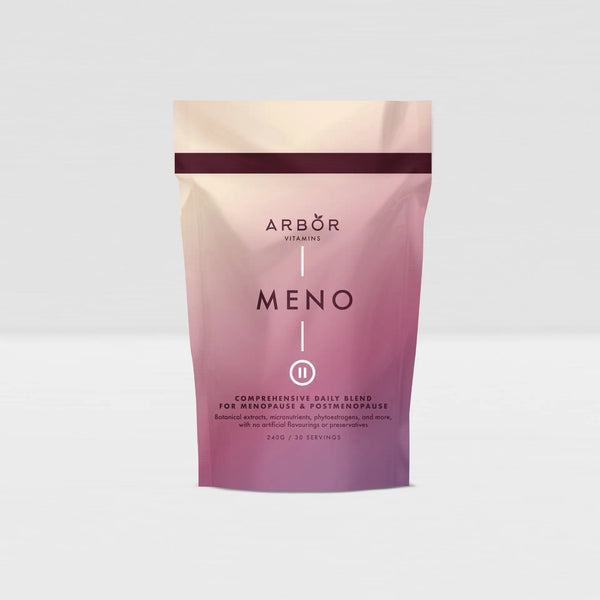Vitamins and minerals are stored in different parts of the body. For example, vitamin A and B12 are stored in the liver, vitamin D in fat tissue, calcium in bones, and iron in the liver and muscles. Some can last for years (like B12 and D), while others (like vitamin C and most B vitamins) deplete within days or weeks. This is why a steady dietary intake — and often supplementation — is essential.
⚖️ Biochemical Rationale Behind Nutrient Storage
The human body has evolved elaborate mechanisms to store vital vitamins and minerals, ensuring a steady supply during periods of dietary insufficiency. By compartmentalising these nutrients, the body efficiently maintains homeostasis, ensuring that metabolic pathways function optimally.
Here’s a comprehensive breakdown of storage sites and durations:
| Vitamin/Mineral | Primary Storage Sites | Approximate Storage Duration |
|---|---|---|
| Vitamin A | Liver | Months to a year |
| Vitamin B1 (Thiamine) | Skeletal muscle, liver, heart | Up to 18 days |
| Vitamin B2 (Riboflavin) | Liver, kidneys, heart | 2–6 weeks |
| Vitamin B3 (Niacin) | Minimal storage | Excreted quickly |
| Vitamin B5 (Pantothenic Acid) | Cells (as coenzyme A) | Few days |
| Vitamin B6 | Muscles, liver | Weeks to months |
| Vitamin B7 (Biotin) | Minimal storage | Excreted quickly |
| Vitamin B9 (Folate) | Liver | 3–4 months |
| Vitamin B12 | Liver | Several years |
| Vitamin C | White blood cells, adrenal glands | Up to 1 month |
| Vitamin D | Adipose tissue, liver | Months to years |
| Vitamin E | Fat tissue | Months to years |
| Vitamin K | Liver, heart, bone | Hours to days |
| Calcium | Bones, teeth | Years |
| Magnesium | Bones, muscles, heart | Weeks to months |
| Iron | Liver, spleen, bone marrow, muscles | Months to years |
| Zinc | Muscles, bones, kidneys | Days to months |
| Selenium | Skeletal muscle | Weeks to months |
| Iodine | Thyroid gland | Weeks to months |
🔍 Why Storage Isn’t Always Enough
Even though the body can store some nutrients, storage isn’t unlimited — and many vitamins (especially water-soluble ones like vitamin C and B-complex) deplete quickly.
Some reasons deficiencies can still develop:
-
Restricted diets → vegan, vegetarian, keto, or low-calorie diets may lack iron, B12, zinc, or folate.
-
Low fat intake → reduces absorption of fat-soluble vitamins A, D, E, and K.
-
Medications → GLP-1s like Mounjaro® and Ozempic®, or drugs like metformin, can reduce absorption.
-
Ageing → the ability to absorb nutrients like B12 and vitamin D declines with age.
-
Soil depletion → modern food often contains fewer micronutrients than decades ago.
This means that even with storage, your reserves can run down over time — especially for nutrients like magnesium, vitamin C, and folate.
🌿 How TRINITY by Arbor Vitamins Helps Maintain Nutrient Balance
While the body’s nutrient stores provide a buffer, keeping those reserves topped up requires daily intake — and not all multivitamins are created equal.
Unlike generic “all-in-one” tablets, TRINITY is a 3-part multivitamin system designed for absorption and synergy:
-
☀️ Morning Formula → Iron bisglycinate paired with vitamin C for better absorption, plus a full methylated B-complex and magnesium malate to replenish water-soluble vitamins.
-
🌞 Day Formula → Vitamin D₃ paired with K₂ to direct calcium into bones (not arteries), plus B6, B12 (methylcobalamin), chromium, and iodine.
-
🌙 Night Formula → Magnesium glycinate, zinc, selenium, molybdenum, beta-carotene, and vitamin E — supporting antioxidant defence, repair, and restful sleep.
✅ Nutrient synergy (iron + C, D₃ + K₂)
✅ No clashes (iron separate from calcium, zinc separate from copper)
✅ Bioavailable forms (methylfolate, methylcobalamin, bisglycinates)
✅ Clean, vegan, filler-free
By aligning with how nutrients are used and stored in the body, TRINITY helps maintain healthy reserves where they matter most.
🧠 Summary
-
Fat-soluble vitamins (A, D, E, K) and minerals like calcium and iron can be stored for months or years.
-
Water-soluble vitamins (C and B-complex, except B12/folate) deplete quickly and require daily intake.
-
Lifestyle, medications, and modern food quality all increase the risk of deficiencies.
-
TRINITY supports nutrient absorption, synergy, and storage — keeping your reserves steady.
- 👉 Explore TRINITY here
❓ FAQs: Vitamin & Mineral Storage
Q: Which vitamins are stored in the liver?
A: Vitamin A, vitamin B12, vitamin K, and folate.
Q: Which vitamins are not stored in the body?
A: Vitamin C and most B vitamins (except B12 and folate) are water-soluble and deplete quickly.
Q: How long does vitamin D last in the body?
A: Months to years, depending on diet and sunlight.
Q: Why do I need supplements if the body stores nutrients?
A: Because stores vary widely — vitamin C and B1 can run out in weeks, while B12 lasts years. Daily intake ensures reserves remain healthy.













